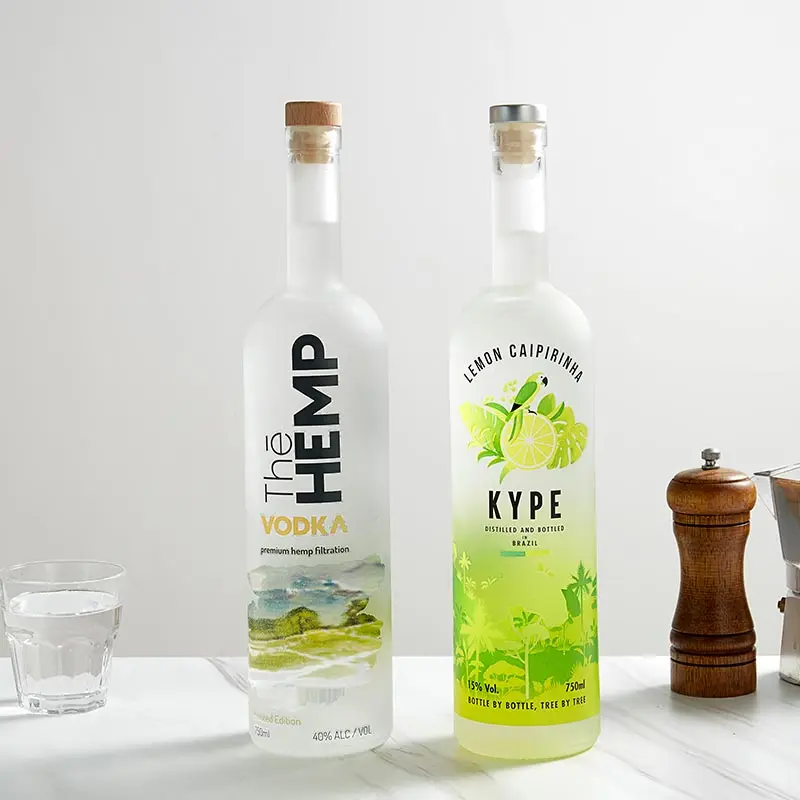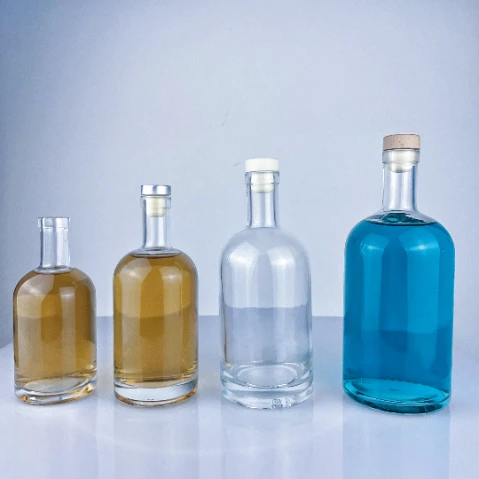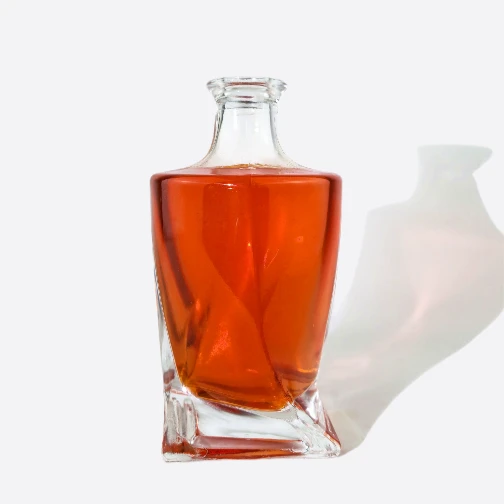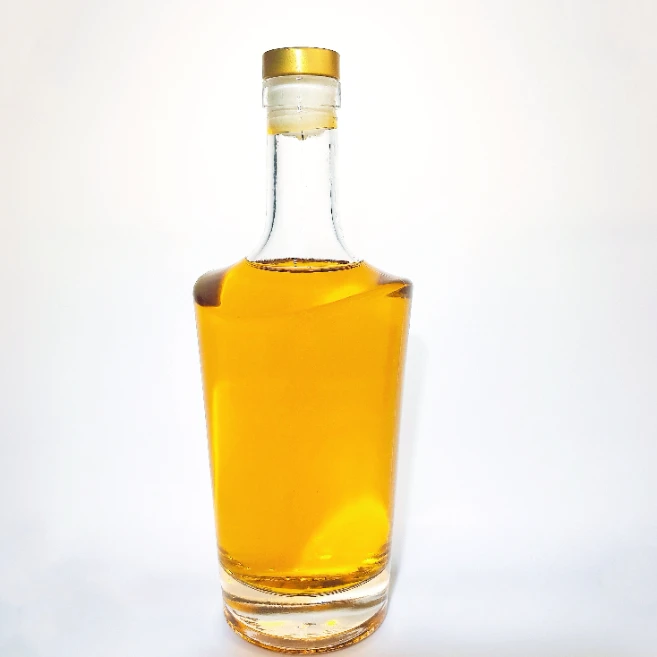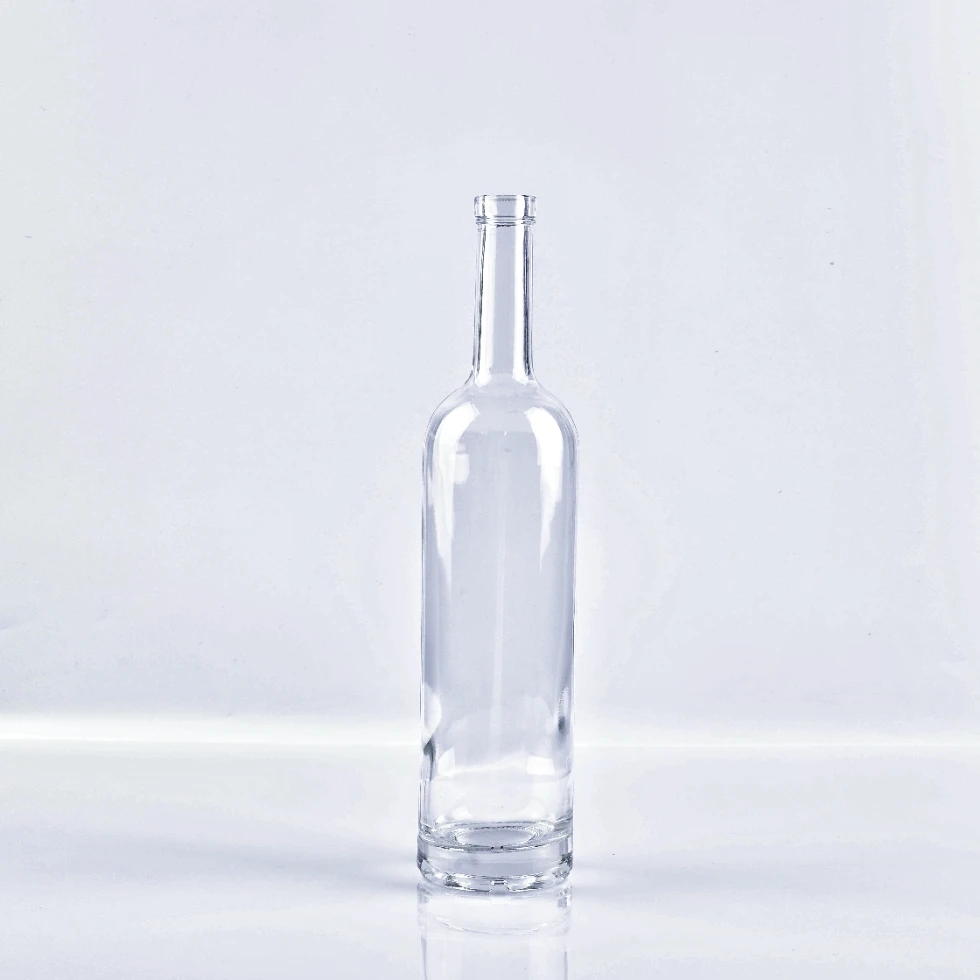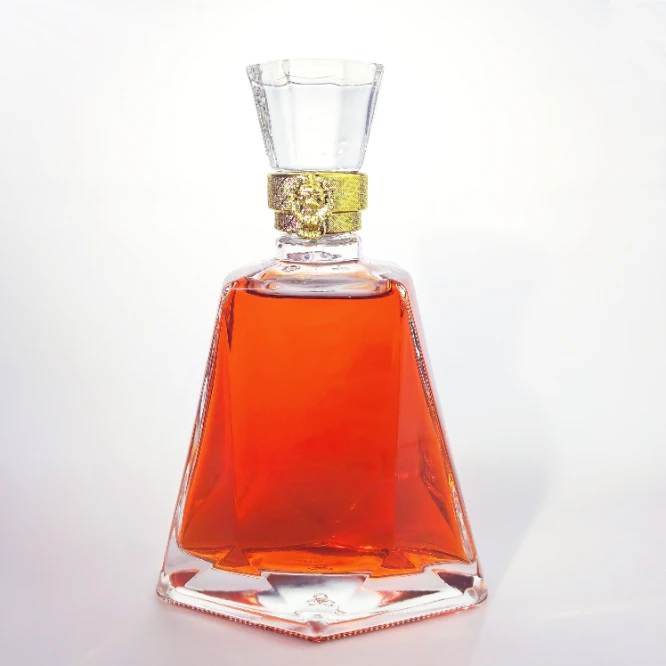How Many Glasses Are in One Bottle of Wine? The Complete Guide
Table of Contents
1. Introduction
Whether you're hosting a dinner party, planning a wedding, or simply enjoying a quiet evening at home, knowing how many glasses you can pour from a single bottle of wine is essential for both planning and portion control. While the standard answer is "about 5 glasses," the reality is more nuanced.
A standard 750ml wine bottle contains approximately 25.4 ounces of liquid. At the typical 5-ounce serving size, this yields about 5 glasses. However, factors like pour size, glass shape, wine type, and serving occasion can alter this number significantly. In professional settings, sommeliers may pour smaller tasting portions, while at casual gatherings, generous pours might reduce the total number of servings.
In this comprehensive guide, we'll explore:
- The mathematics behind wine bottle servings
- How different pour sizes affect your glass count
- Professional serving techniques from sommeliers
- The impact of glassware and wine styles
- Special considerations for different bottle sizes
2. Standard Wine Bottle Sizes
Before calculating glasses per bottle, we must understand wine bottle capacities. While the 750ml bottle dominates the market, several other formats exist for different occasions and serving needs.
2.1 The Standard 750ml Bottle
The most common wine bottle contains 750 milliliters of liquid, equivalent to:
- 25.4 fluid ounces
- 1.6 pints
- 0.2 gallons
- 5.07 standard 5-ounce glasses
This size became the global standard in the 19th century when European glassmakers settled on 750ml as the ideal volume that a glassblower could produce from a single breath. The measurement stuck due to its practicality - large enough for multiple servings but small enough for easy handling.
2.2 Other Bottle Formats
| Bottle Name | Volume | Standard Glasses (5oz) | Common Uses |
|---|---|---|---|
| Split | 187ml | 1 glass | Airline servings, single portions |
| Half Bottle | 375ml | 2.5 glasses | Dinners for two, sampling |
| Standard | 750ml | 5 glasses | Most retail wine |
| Magnum | 1.5L | 10 glasses | Celebrations, better aging |
| Jeroboam | 3L | 20 glasses | Large gatherings, Champagne |
Larger format bottles (magnums and above) are particularly prized by collectors because the wine ages more slowly due to the lower oxygen-to-wine ratio in the larger container.
3. Glasses Per Bottle Calculation
The number of glasses per bottle varies dramatically based on serving size. Let's examine the three most common pour standards.
3.1 Standard Serving Size (5oz)
The wine industry standard defines a single serving as 5 fluid ounces (147ml). At this measure:
- 750ml bottle = 5.07 servings
- 1.5L magnum = 10.14 servings
- 187ml split = 1.27 servings
This 5-ounce standard comes from U.S. dietary guidelines, which consider it one "standard drink" containing about 12% alcohol. In practice, most hosts round down to 5 glasses per bottle for event planning.
3.2 Restaurant Pours (6oz)
Restaurants typically pour 6-ounce servings for several reasons:
- Allows 4 glasses per bottle (750ml ÷ 6oz = 4.23)
- Creates better profit margins
- Fits standard restaurant glassware
At wine bars offering flights, pours may be even smaller (2-3oz) to allow customers to sample multiple varieties.
3.3 Generous Pours (8oz+)
At casual gatherings, hosts often pour 8-10 ounce servings:
- 8oz pours = 3 glasses per bottle
- 10oz pours = 2.5 glasses per bottle
These larger pours are common when using all-purpose stemware rather than proper wine glasses. Be cautious with high-alcohol wines (14% ABV or higher) when serving larger portions.
4. Factors Affecting Glass Count
Beyond simple volume calculations, several factors influence how many servings you'll get from a bottle.
4.1 Glass Shape & Size
Wine glass capacities vary dramatically:
- Standard white wine glass: 8-12oz capacity
- Standard red wine glass: 12-22oz capacity
- Bordeaux glass: Up to 25oz
- Burgundy glass: Up to 32oz
While these glasses aren't filled to the brim (typically 1/3 to 1/2 full for proper swirling), their size affects perception of portion size and may lead to unintentional overpouring.
4.2 Wine Type
Different wine styles call for different serving sizes:
- Light whites (Pinot Grigio, Sauvignon Blanc): Often served in smaller 4-5oz portions
- Full-bodied reds (Cabernet, Shiraz): Typically 5-6oz servings
- Dessert wines: Just 2-3oz per serving due to high sugar content
- Sparkling wines: 4-5oz to preserve bubbles
4.3 Alcohol Content
Higher alcohol wines (14% ABV+) are often served in smaller quantities:
- California Zinfandel (15-16% ABV): 4oz servings
- Port wine (20% ABV): 2-3oz servings
The standard "one drink" calculation assumes 12% ABV. For stronger wines, adjust portions accordingly to maintain responsible consumption levels.
5. Professional Serving Tips
Maximize your wine service with these expert recommendations:
5.1 Choosing the Right Glassware
Invest in proper stemware with marked fill lines. Many professional wine glasses have subtle etchings at the 5oz and 6oz levels for accurate pouring.
5.2 Pouring Technique
Sommeliers recommend:
- Hold bottle with label facing up
- Pour slowly down the side of the glass
- Stop when wine reaches the widest point of the bowl (about 1/3 full)
- Give the bottle a slight twist when finishing to prevent dripping
5.3 Event Planning Guidelines
For parties and weddings:
- Assume 1/2 bottle per guest for a 2-hour event
- Plan for 3 glasses per bottle (more generous pours)
- Offer a variety of bottle sizes - magnums reduce opening frequency
6. Frequently Asked Questions
Q: Does red wine yield more glasses than white?
A: Not inherently, but red wine glasses are typically larger (12-22oz vs 8-12oz for white), which may lead to fewer pours per bottle if filling the bowl. The wine itself has the same volume regardless of color.
Q: How many glasses for a wine tasting?
A: Tasting pours are typically 2-3oz, meaning you can get 12-15 samples from a standard bottle. This allows attendees to experience multiple wines without overconsumption.
Q: Why do some bottles seem to pour fewer glasses?
A: Several factors can reduce your actual yield: sediment in older wines, evaporation through the cork (especially in long-aged bottles), and the unavoidable small amount left when pouring carefully.
Q: How many glasses in a Champagne bottle?
A: Champagne flutes typically hold 4-6oz. With standard 4oz pours, you'll get about 6 glasses from a 750ml bottle. The carbonation makes smaller pours preferable.
Final Thoughts
While the textbook answer suggests 5 glasses per 750ml bottle at 5oz pours, real-world factors like glassware, occasion, and personal preference create a range of 4-6 servings. For precise planning at events, assume 4 glasses per bottle to ensure you don't run short. Remember that proper serving temperature and glass shape significantly impact the drinking experience beyond mere quantity.
Ultimately, wine enjoyment isn't about strict measurements but about savoring the experience. Whether you prefer precise 5oz pours or generous glasses among friends, understanding these calculations helps you plan better while keeping the focus where it belongs - on the pleasure of good wine shared in good company.

